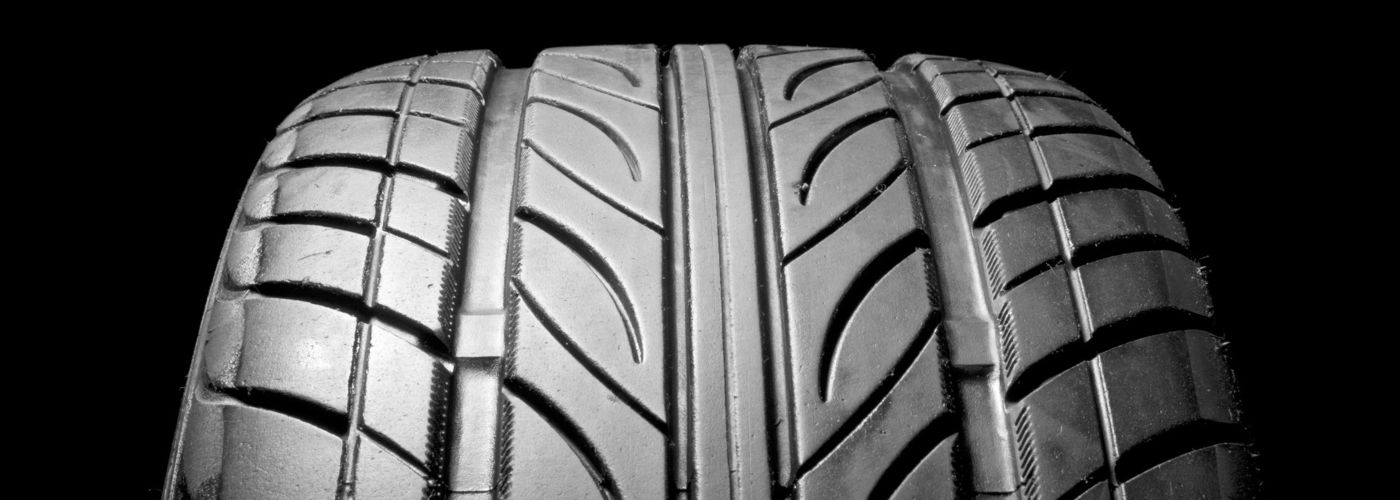The manufacture of classic carbon black involves the combustion of hydrocarbons, for example in heavy or light oil, and precipitation of the soot particles. In order to minimise the amount of spatter grain in these particles and to guarantee a high-quality end product, Hosokawa developed a special mechanical classifier mill: the E-ACM. Dependent on the feed material, the E-ACM achieves end-product fineness values of < 3 ppm at 325 mesh. The machine combines mechanical impact comminution and a classification step to limit the spatter grain in a single system. Besides the high product qualities which are achieved with the E-ACM in spite of the oversized particles, further advantages for customers are obvious: low energy consumption and optimum accessibility during maintenance procedures in comparison with other grinding processes.
If carbon black is not produced by combustion in oil but rather from used tyres, it is called pyrolytic soot (recovered carbon black). The particular challenge here is that the end product is harder and contaminated by abrasive constituents such as ash. Consequently, product finishing by means of grinding is much more complex with this process. Dependent on the required end-product fineness and the abrasive behaviour of the pyrolised granules, Hosokawa Alpine recommends either the ACM mechanical impact-classifier mill or the use of a TDG fluidised bed opposed jet mill with integrated classifier. In the case of jet milling, compressed hot gas is introduced into the grinding chamber at low pressure (3-4 bar) via special nozzles arranged in a ring. The jet energy generated in this way accelerates the particles into the centre of the grinding chamber and ensures intensive and efficient comminution of the particles. The integrated high-performance classifier is characterised by a low pressure drop and can be optimally flowed against by the product, which permits maximum fineness values and steep particle distributions. Because of the ignition capability of recovered carbon black, the systems are laid out to conform with the prevailing ATEX directives in order to ensure optimum explosion-protection. Pyrolytic soot and carbon black are fine and difficult to dose after classifying. The solution is to use either the Hosokawa Flexomix or the Mars Minerals Pinmixer to process the products to pellets in a mixer with water.


Recommend article